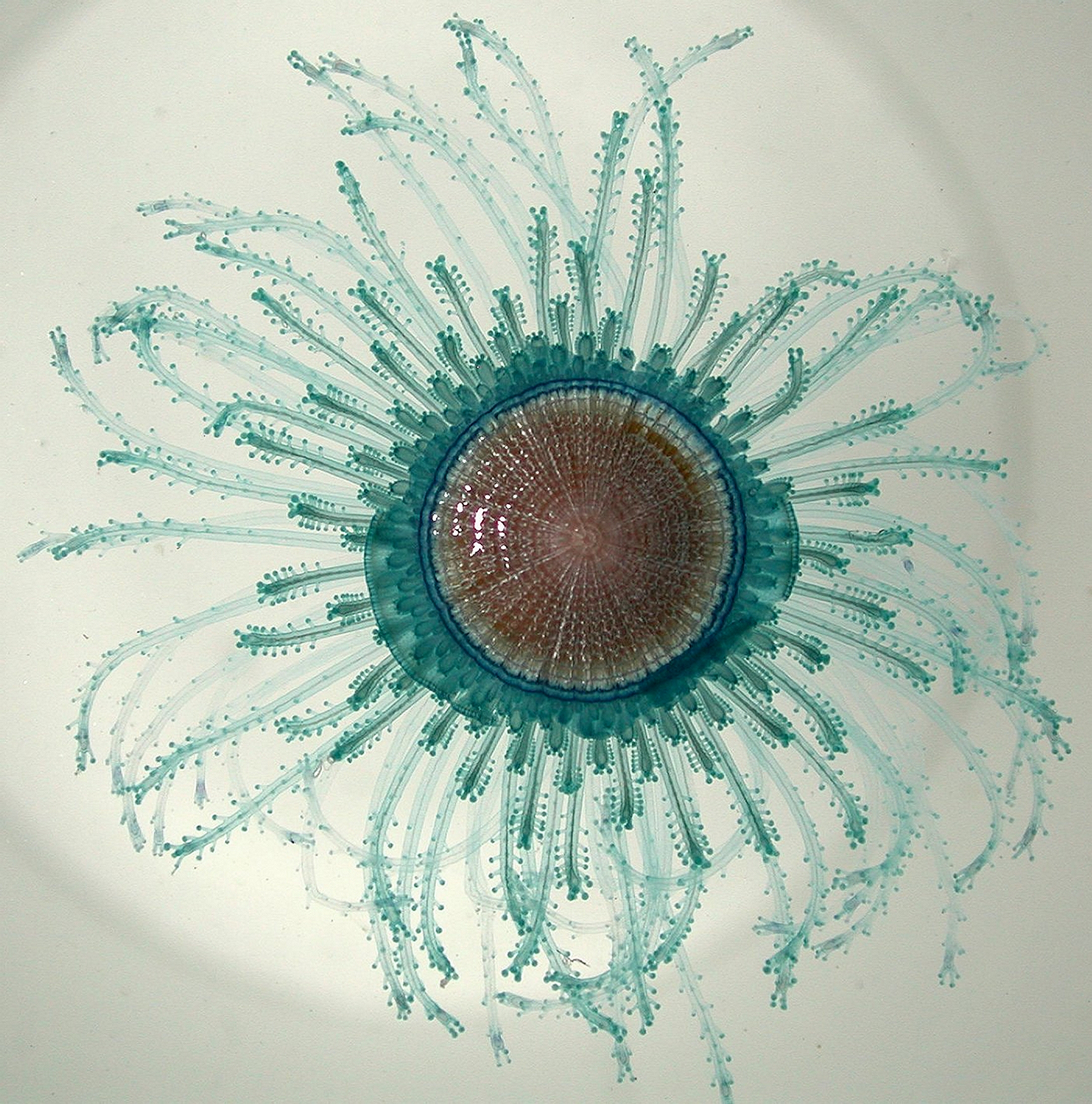Rare Blue Button Jellyfish Invade Virginia Beach: What You Need to Know About Stings & Safety
Rare "Blue Button" Jellyfish Washes Ashore in Virginia Beach: Your Essential Guide to Identification, Stings, and Beach Safety

Prepare for an unusual sight along the shores of Virginia Beach! Recent warm weather and consistent southerly winds have ushered in an extraordinary visitor: the "blue button" (*Porpita porpita*). This captivating colonial hydrozoan, typically at home in warmer, tropical waters, has now been spotted near the Chesapeake Bay Bridge in Sandbridge and at Dam Neck Beach. These sightings have prompted important warnings from the Virginia Aquarium and local authorities, urging beachgoers to exercise caution. This comprehensive guide provides crucial details for identifying these unique marine organisms, understanding the potential risks of their stings, and ensuring your ocean safety during your beach visits.
Understanding the "Blue Button" Hydrozoan: What is This Marine Organism?

Despite its common name, the blue button is not a true jellyfish but rather a fascinating colonial hydrozoan. This means it's a collective of specialized polyps, or zooids, each performing a specific function, all working together as a single, coordinated organism. Here are its distinguishing characteristics:
- Size: These marine marvels typically measure between 1–2 inches in diameter.
- Color: They boast a vibrant blue or bluish-purple hue, making them easily noticeable. A distinctive central gas-filled float allows them to stay buoyant on the ocean's surface.
- Structure: Composed of a disc-shaped float that acts like a raft, surrounded by numerous tentacle-like polyps designed to capture their prey.
- Unlike solitary jellyfish, blue buttons lack a swimming bell, relying instead on ocean currents to navigate the vast seas.
Why Are Blue Buttons Appearing on Virginia's Coastline?
The natural habitat for blue buttons includes the warm waters of the Gulf Stream, the Caribbean Sea, and the warmer regions of the Atlantic. Their recent presence in Virginia Beach is attributed to several key factors:
- Strong Southerly Winds and Warm Ocean Currents: These powerful natural forces are effectively pushing these tropical species northward, far from their usual territories.
- Rising Ocean Temperatures and Climate Change: An increase in global ocean temperatures, driven by climate change, is creating conditions more favorable for tropical marine life to expand their ranges, leading to more frequent sightings in previously cooler waters.
- Broader Marine Life Shifts: Recent reports of a Portuguese man o' war in the Oceanfront area further underscore a significant shift in marine life distribution, suggesting these sightings might become more common.
Understanding Blue Button Stings & Essential First Aid
The blue button, like many other hydrozoans, is equipped with stinging cells, known as nematocysts. Contact with these cells can trigger painful, irritating reactions. While blue button stings are generally not life-threatening for humans, they can certainly cause discomfort, leading to:
- Localized pain, accompanied by redness and swelling
- Itching or the appearance of a rash-like irritation
Immediate First Aid for Blue Button Stings:
Should you or someone you know experience a blue button sting, follow these crucial first aid steps:
- Exit the Water Promptly: Immediately leave the water to prevent any further contact with the organism.
- Rinse with Vinegar: Use vinegar, not freshwater, to rinse the affected area. Vinegar helps to neutralize the venom and prevent unfired nematocysts from discharging.
- Carefully Remove Tentacles: Using tweezers or a gloved hand, gently remove any remaining tentacle fragments. Never use bare hands to avoid further stings.
- Apply Hot Water: Soaking the affected area in hot water (104–113°F / 40–45°C) for 20–45 minutes can significantly help to alleviate pain.
- Seek Medical Attention: If symptoms worsen (e.g., difficulty breathing, severe swelling, or signs of an allergic reaction), seek immediate medical help.

Preventative Measures & Ensuring Optimal Beach Safety
To ensure a safe and enjoyable experience at the beach and effectively avoid blue button stings, beachgoers should adhere to these important beach safety guidelines:
- Maintain Vigilance: Always be on the lookout for floating blue discs in the water or any that have washed ashore on the sand.
- Avoid Direct Contact: Refrain from touching any unfamiliar marine life, whether it's in the water or on the beach.
- Wear Protective Gear: Consider wearing wetsuits or rash guards when swimming in areas where blue buttons or similar stinging organisms have been reported.
- Heed Local Advisories: Always pay close attention to and follow any local warnings or advisories issued by the Virginia Aquarium and lifeguards. They are your best resource for current conditions.

Conclusion: Staying Safe Amidst Changing Marine Ecosystems
The recent appearance of blue buttons in Virginia Beach serves as a vivid reminder of the dynamic and interconnected nature of our marine ecosystems and the broader impacts of climate change. While these colonial hydrozoans are not typically considered highly dangerous, their stings can certainly cause uncomfortable irritation. By staying informed about these fascinating creatures, understanding the risks, and diligently following recommended beach safety precautions, beachgoers can confidently continue to enjoy the beautiful coastlines of Virginia while minimizing any potential risks. Your awareness is key to a safe and memorable beach experience.
